Description
The Foxboro P0916AA is a Compact 200 Series Field Terminal Assembly (FTA) designed to facilitate reliable, high-precision connection of analog field devices to the Foxboro I/A Series distributed control system (DCS). It serves as a crucial interface module enabling communication between field sensors—such as analog transmitters, switches, and actuators—and the control system processor. This module is widely applied in industrial automation contexts, including chemical processing, oil and gas, water treatment, and power plants, where accurate data acquisition plays a critical role in process regulation and operational safety.
The Foxboro P0916AA accommodates diverse field device wiring styles using compression-type terminals, supporting conductor sizes from 0.2 to 4 square millimeters (24 to 12 AWG). Its construction emphasizes durability, providing secure connections even in harsh industrial environments classified as ISA Class G3. Mounted on a DIN rail, this field terminal assembly integrates easily into compact control cabinets. It is part of Foxboro’s Compact 200 Series I/O subsystem, which is notable for its narrow form factor and robust performance. The module’s ability to isolate signals channel-to-channel protects against cross-channel interference, ensuring clean and accurate analog input measurement.
- FOXBORO P0916AA
- FOXBORO P0916AA
- FOXBORO P0916AA
Engineered for seamless field integration, the Foxboro P0916AA works alongside termination assemblies designed for easy wiring and potential loop power configurations. Its use of reliable communication protocols, including RS485 on associated modules, ensures efficient real-time data transfer to field control processors (FCP) or field communication modules (FCM). The module has built-in LED indicators for operational status monitoring, providing visual diagnostics that aid in maintenance and troubleshooting. Its operational power requirements typically include a 24 V DC supply, consuming around 7 watts, balancing low power demand with stable performance.
| Parameter | Value |
|---|---|
| Model | Foxboro P0916AA |
| Brand | Foxboro |
| Product Type | Field Terminal Assembly (FTA) |
| Number of Terminals | 8 compression-type screw terminals |
| Wiring Range | 0.2 to 4 mm² (24 to 12 AWG) |
| Mounting | DIN rail, Compact 200 Series baseplate |
| Communication Interface | Works with RS485 on associated modules |
| Power Supply | 24 V DC +5%, -10% |
| Power Consumption | Approx. 7 W |
| Isolation | Channel-to-channel galvanic isolation |
| Environmental Rating | ISA Class G3 (harsh industrial) |
| Dimensions | Approx. 130 mm H x 25 mm W x 139 mm D |
| Weight | Approx. 185 g |
| LED Indicators | Operational status indication |
Related Modules or Compatible Units
Foxboro FBM201 – Analog input interface module working directly with P0916AA.
Foxboro P0917JK – Ring lug termination assembly for alternative wiring solutions.
Foxboro P0926AA – Field terminal assembly with alternative compression assembly.
Foxboro FBM230 P0926GU – Field device system integrator for serial communication.
Foxboro FCP280 – Field control processor compatible with Compact 200 Series I/O.
Foxboro FCM10E – Communication module supporting extensive I/O integration.
Foxboro P0916AB – Older version of the field terminal assembly with ring lug terminals.
Installation Notes & Maintenance Best Practices
Install the Foxboro P0916AA in environments that ensure stable ambient temperature and minimal vibration. Attention should be given to proper DIN rail mounting techniques to secure the module firmly and to facilitate easy removal for servicing. The compression-type terminals require careful conductor preparation and crimping to maintain secure electrical contacts and prevent signal loss. Wiring should comply with industry standards for shielded cabling to minimize noise and electromagnetic interference.
Routine maintenance involves inspection of terminal connections for signs of corrosion or loosening, particularly in vibration-prone environments. Visual LED status indicators provide immediate feedback on module health, enabling operators to detect issues proactively. Periodic cleaning of dust and debris from the module surface and nearby components supports reliable operation. Implementing scheduled firmware or software updates for associated control processors improves overall system responsiveness and functionality.

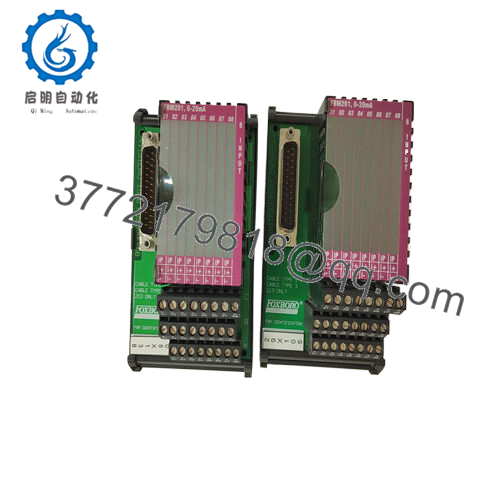
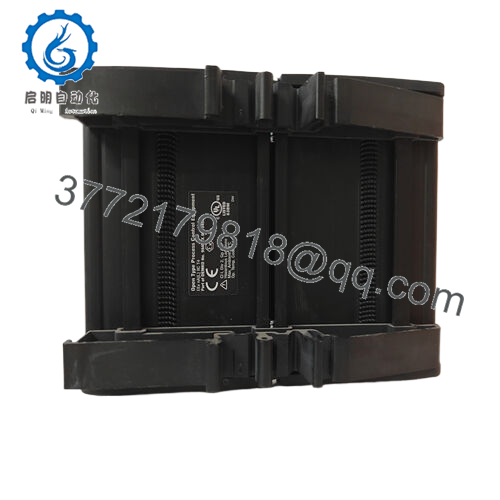
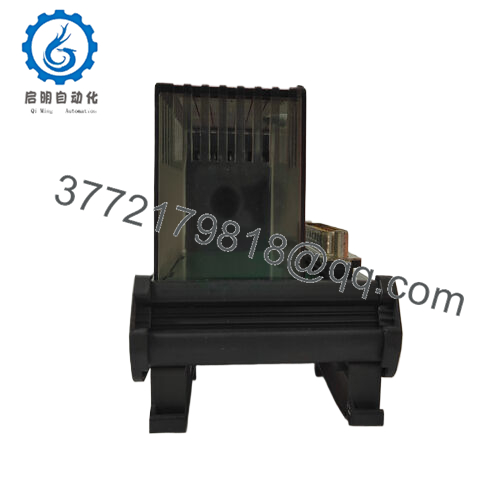
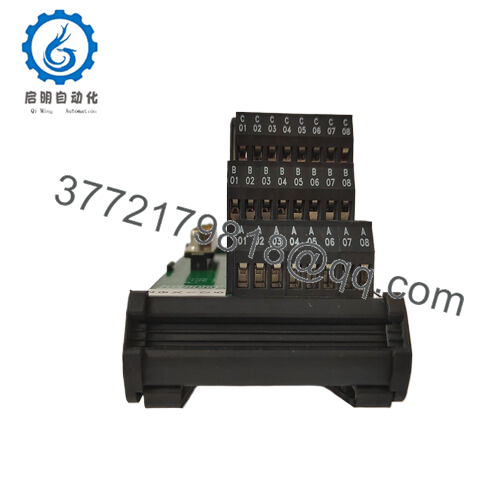
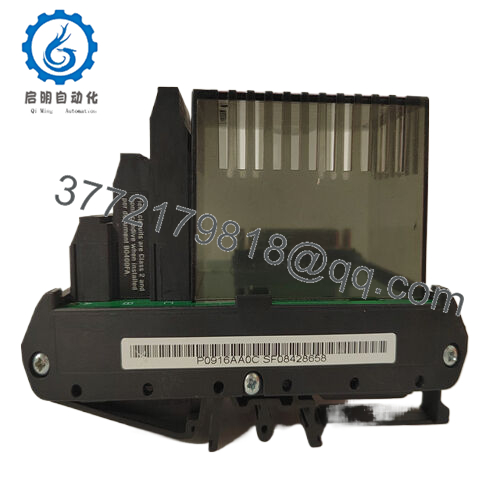
 WhatsApp: +86 16626708626
WhatsApp: +86 16626708626 Email:
Email:  Phone: +86 16626708626
Phone: +86 16626708626


